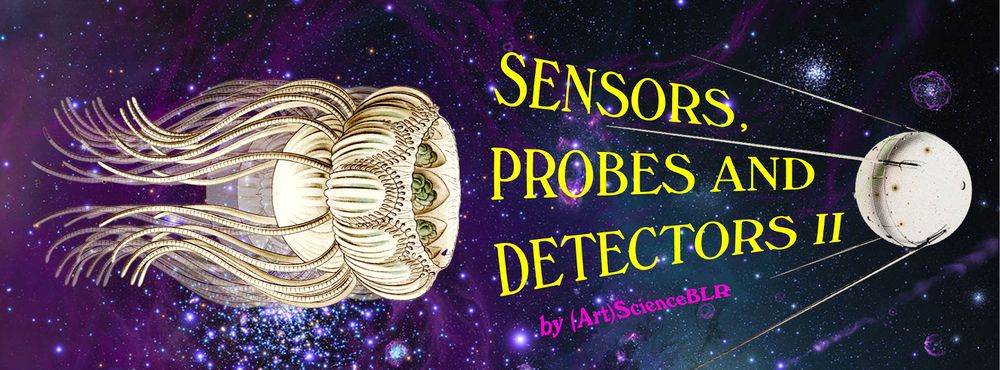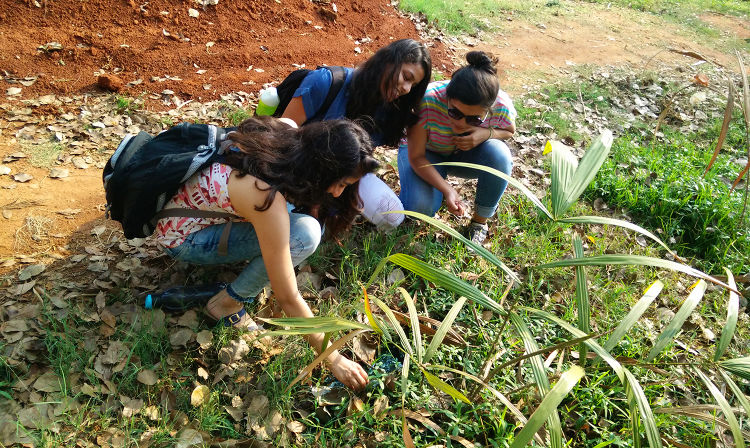Sensors Probes and Detectors II
From (art)scienceblr
Revision as of 14:21, 9 March 2017 by Sushil Sylvester (Talk | contribs)
Contents
Introduction
In the context of art, sensors are important because they form a bridge between the natural world and the digital. From a design perspective, they are vital to creating interactive objects. Sensors, probes and detectors II is the next level of Sensors, Probes and Detectors.
6 March 2017 -
Participants
Shriya Rathi
Meera Sanghani
Payal Tanksale
Sushil Sylvester
Projects
Chocolate Coating Bot
Touch-Me-Not Monster
Beyond Electronics
We (human and non-human) all sense our environments, without the mediation of electronic instruments.
What if our sensors, probes, and detectors are alive?
We set out to explore on a more conceptually expanded scale, what it means to sense, probe, and detect our environments and the inhabitants within.
What is a Biosensor?
Some ideas on definitions:
« Something biological / living that responds to the environment »
- Scale
- Time to Response
- Signal
- Thresholds
- Calibration
- Location / Containment
- Specificity
- Sustainability / Safety /
Sensing, Probes, Detectors Some Examples
- Smog Tasting by The Center for Genomic Gastronomy - "Smog Tasting uses egg foams to harvest air pollution. Smog from different locations can be tasted and compared."
- Moist Sense by Lifepatch - "an installation that tries to present the health of plants from their supply of water"
- Camera Obscura et les artefacts de l'invisible by Vanessa Lorenzo - "By merging electronic media and citizen science, this research and interactive installation uses bio reporters as a tool to gain understanding of a microbe’s perception of the Anthropocene."
- Bio-Dis-Plays by Richard Lowen and collaborators from the 70s - "bio-electric sensing/transducing of the human body and other living systems, and art-science collaborations", and a 2011 interview by Data Garden, who also works with interspecies communication
- E. chromi by Alexandra Daisy Ginsberg & James King - a conceptual piece of using bacteria (synthetic biology) that are engineered so that for example, "indicate whether drinking water is safe by turning red if they sense a toxin".

